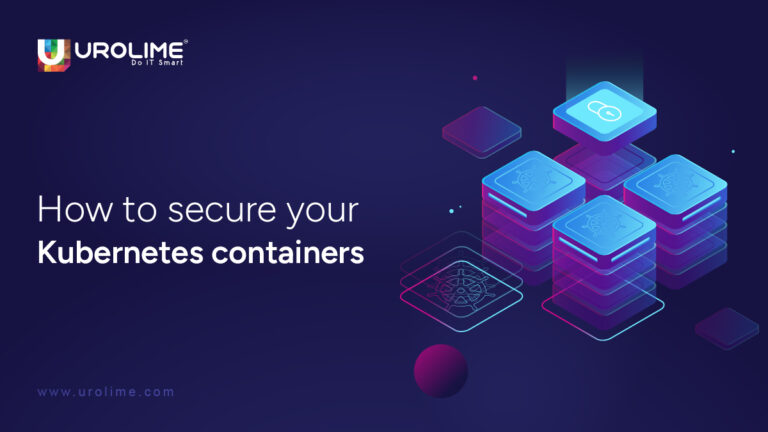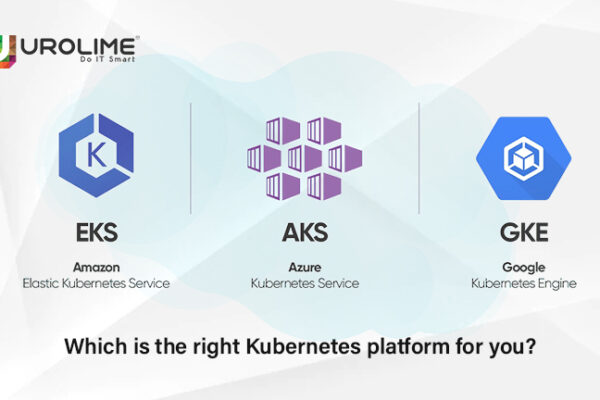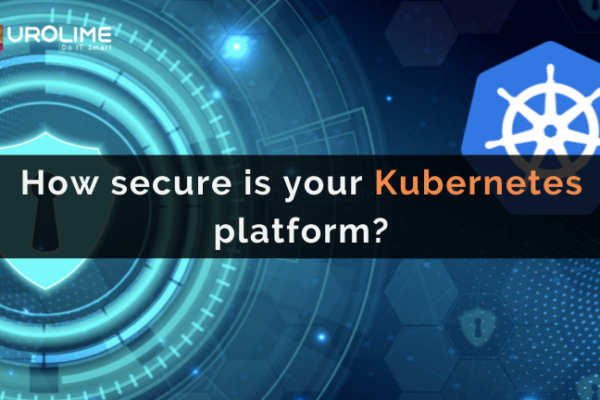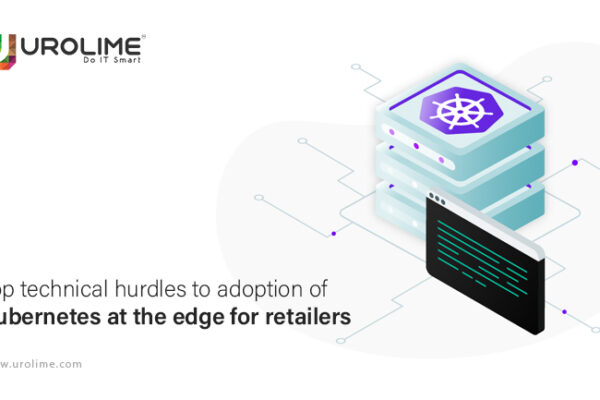DevOps and cloud-native approaches are now considered best practices for businesses. As a result, software developers are increasingly using these modern computing paradigms to expedite time-to-market, reduce costs, and ensure high availability.
Kubernetes stands out as a platform to accelerate software delivery. These days, Kubernetes is an essential component of any software architecture. Therefore, seeking assistance from Kubernetes consulting companies is necessary.
The Importance of Kubernetes Security
Security is crucial throughout the container’s lifecycle due to the distributed and dynamic nature of a Kubernetes cluster. Different security measures are required for each phase of an application’s lifecycle: development, deploy, and runtime. Kubernetes has security protections by default.
As individual pods are transient and ephemeral, IT security specialists may face challenges in the constantly changing runtime environment. A Kubernetes consulting company can help detect threats. Below are common threats.
-
Vulnerabilities in Container Images
Images must be scanned before deployment to guarantee that only images from trustworthy registries with no major vulnerabilities run on the cluster. Container image scanning should be integrated into CI/CD systems for automation and earlier detection of faults.
-
Threat Actors
Organizations that use Kubernetes may leave open ports accessible to the outside world. Threat actors exploit this and use tools and simple manuals to scan open ports for vulnerabilities before gaining access.
They can identify an exposed Kubernetes cluster and exploit the cluster’s misconfiguration to launch an attack.
-
Malware within Containers
Tesla’s cloud infrastructure was compromised in 2018, and crypto-mining malware was planted deep into the environment. Attackers took advantage of a misconfigured Kubernetes administration site to insert malware into a container.
-
Compromised Users
Attackers are continuously seeking exposed containers or portals with weak authentication systems. Such containers often slip into blind spots, and organizations are often unaware of the exploitation or breach.
While security is a concern with Kubernetes, it includes native tools to assist you in covering the fundamentals of cloud-native application security.
Understanding the 4 Cs
The four Cs of cloud-native security represent the fundamental components of an application created using this methodology. DevOps and development teams must adhere to cloud computing best practices to meet security objectives and pass inspections before the application is made available to end-users.
-
Code Security
The core or innermost component of any application, whether cloud-based or not, is its code. Additionally, it is one of the main attack surfaces that gives a company the most security controls. Through stringent access management and threat monitoring across all exposed services, API endpoints, and other components, developers or security teams may reduce security risks. To assure an additional layer of code security, TLS encryption should be the standard for all communication, whether internal or external.
-
Container Security
A code can be containerized, or placed in a container, once it has been developed. So, the second layer of cloud-native security is made up of containers. The application development team receives the code at this point, and they will work on the build pipeline before sending it on to be used in continuous deployment.
-
Cluster Security
The third layer is the cluster, and when people think of Kubernetes security, they mostly consider Kubernetes cluster security. For the purpose of running containerized applications, a cluster is a collection of nodes hosted on VMs and connected by a virtual private cloud. The cluster in Kubernetes is in charge of keeping it in the appropriate state. A communication protocol called “cluster security” is intended to protect secure control plane messages, such as “config,” “cluster join,” and other similar ones, sent between various Instant access points and gadgets.
-
Cloud Security
The cloud is the last and most important layer of a code since it is prepared for cloud deployments after being written, containerized, and placed via a cluster. As a result, cloud security is both the most difficult and complicated process and its most crucial component.
Kubernetes components that require more security
-
Workloads
In Kubernetes, a workload has a desired state when it is created, such as the quantity of operating pod replicas. Additionally, Kubernetes manages tasks like scalability, rolling upgrades, and self-healing. The process of making sure that apps running in a Kubernetes cluster are secure and reliable is referred to as workload security management. It entails putting security controls in place and keeping an eye on things to stop unauthorized access, data breaches, and other security issues. To manage containers and clusters, system administrators need access to tools for network management, monitoring, and logging.
-
Workload Configuration
Misconfiguration-related security vulnerabilities pose a serious problem for Kubernetes. Attackers may use your workload configuration if it is not secure to alter access rules or carry out illegal tasks. They can also alter the configuration of already-running programs. By using effective security measures and technologies to enforce least privilege and access controls, you may reduce such threats.
-
Cluster Configuration
Cluster configuration, like workload configuration, is essential for preventing unintended occurrences. However, default cluster configurations lack security. To prevent incorrect settings, you must put best practices into practice. You may set up RBAC (Role-Based Access Control), implement multi-factor security and TLS policies, scan clusters against compliance benchmarks like CIS Benchmark, and more with the help of third-party tools.
In Conclusion
Kubernetes security enables the deployment, scaling, and administration of containerized applications. Organizing containers into logical units makes them easier to manage, secure, and find. Kubernetes is the leading container management system on the market, and as a result, Kubernetes consulting services are always recommended.
![]()






